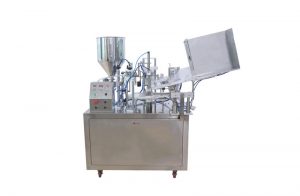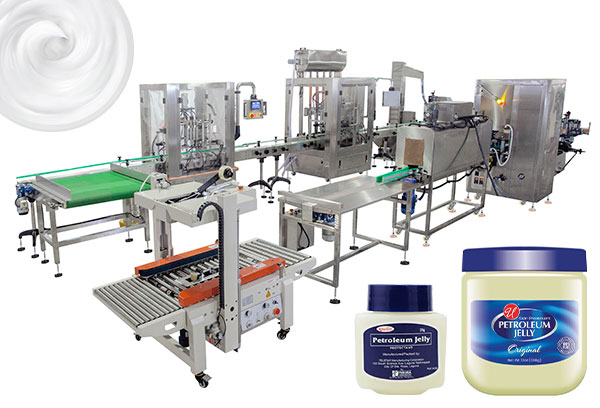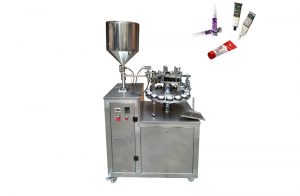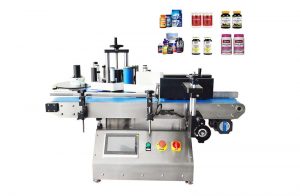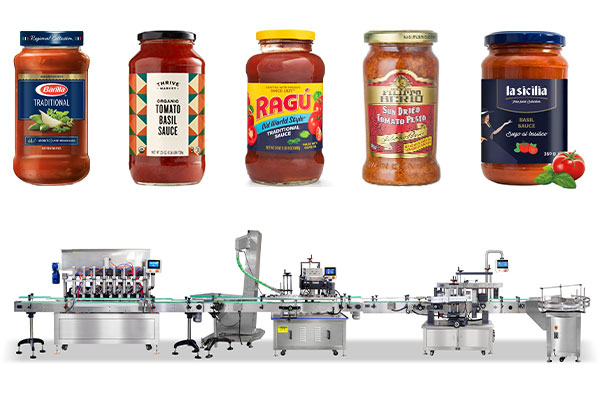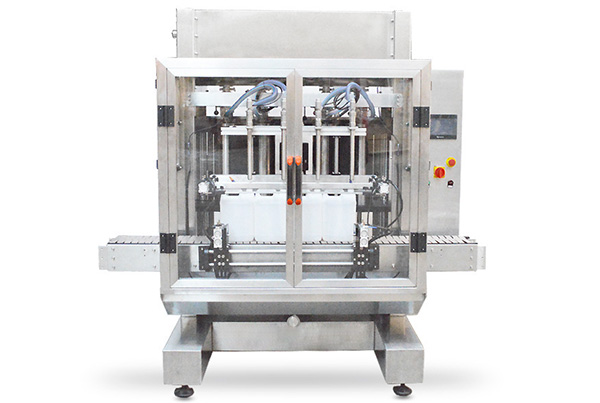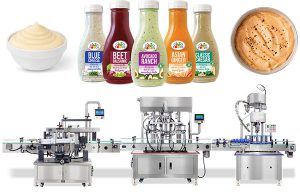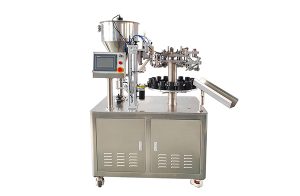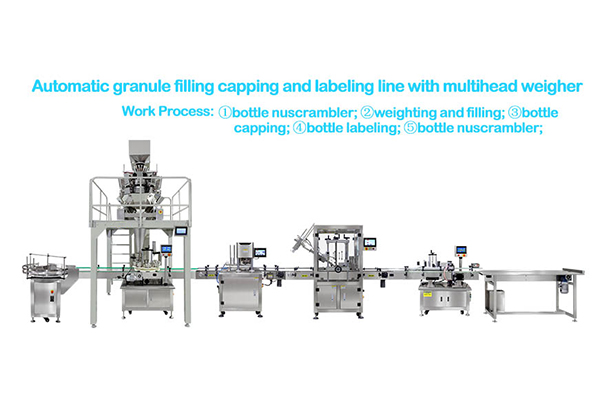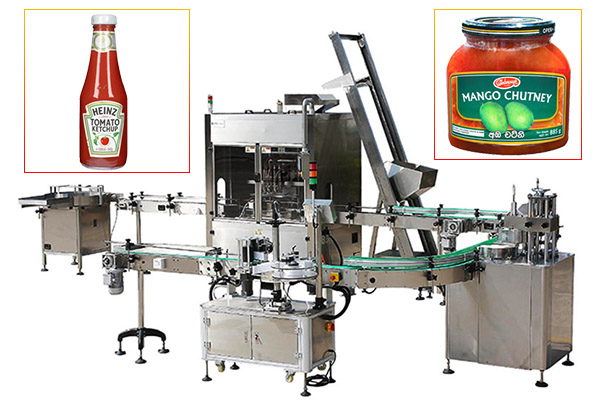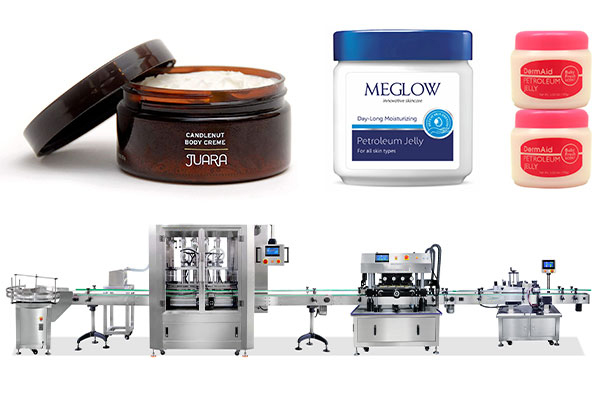Efficiency in powder filling operations relies heavily on maintaining the pristine condition of the equipment involved. Among these, the powder filling machine stands out as a cornerstone, ensuring accurate and consistent dosing. However, to uphold its performance and prolong its lifespan, regular cleaning is paramount. In this guide, we’ll delve into the intricacies of cleaning a powder filling machine, ensuring optimal functionality and product quality.
Understanding the Importance of Cleaning:
Powder filling machines are intricate devices designed to dispense precise amounts of powdered substances into containers. Over time, residue buildup from powders can compromise accuracy, contaminate products, and lead to equipment malfunction. Hence, thorough cleaning procedures are vital to safeguarding both product integrity and operational efficiency.
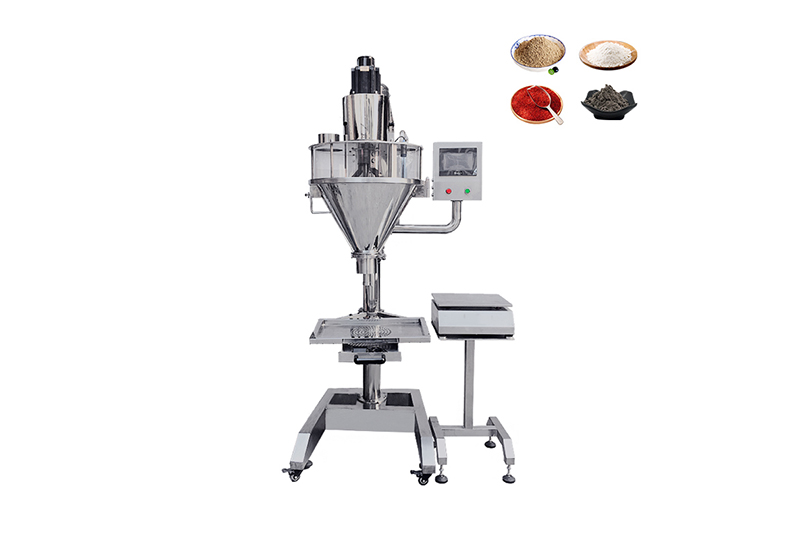
Step-by-Step Cleaning Process:
Preparation: Begin by shutting down the machine and disconnecting it from the power source. Ensure all powder reservoirs are emptied and any remaining materials are safely disposed of or stored according to safety protocols.
Exterior Cleaning: Utilize a mild detergent solution and soft cloth to wipe down the exterior surfaces of the machine. Pay special attention to control panels, buttons, and switches, ensuring they are free from dust and debris that could impede functionality.
Disassembly: Depending on the machine’s design, disassemble removable parts such as hoppers, augers, and filling nozzles. Refer to the manufacturer’s manual for guidance on proper disassembly procedures to prevent damage.
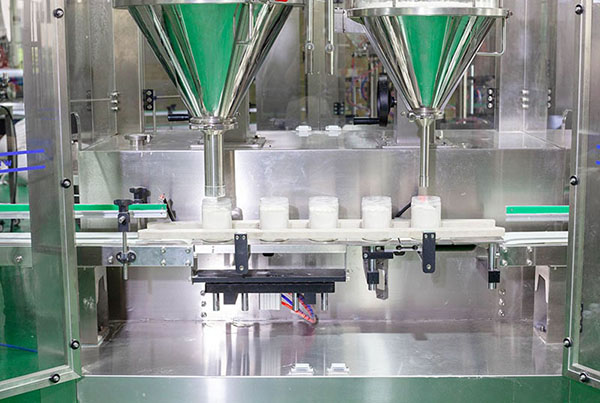
Cleaning Agents: Select appropriate cleaning agents compatible with the materials used in the construction of the machine. Common options include alcohol-based solutions for stainless steel components and mild detergents for plastic parts.
Internal Cleaning: Thoroughly clean all internal components using brushes, sponges, or compressed air to remove stubborn residue and buildup. Take care to reach into crevices and tight spaces where powder particles may accumulate.
Rinsing and Drying: Once cleaned, rinse all components with clean water to remove any remaining traces of cleaning agents. Allow them to air dry completely before reassembling the machine.
Sanitization: In environments where hygiene is paramount, consider using sanitizing agents approved for food-grade equipment to ensure microbial safety.
Final Inspection: Before reassembly, conduct a final inspection to ensure all parts are clean, dry, and free from damage. Verify that no loose particles or contaminants remain within the machine.
Reassembly and Testing: Carefully reassemble the machine, following the reverse order of disassembly. Once reassembled, conduct thorough testing to ensure all components are functioning correctly and that dosing accuracy is maintained.
Regular Maintenance: Establish a routine maintenance schedule that includes regular cleaning intervals based on usage frequency and the types of powders being handled. Documenting maintenance activities can help track performance and identify potential issues early on.
Conclusion:
Cleaning a powder filling machine is not merely a routine task; it’s a critical aspect of ensuring product quality, operational efficiency, and equipment longevity. By following a systematic cleaning process and adhering to manufacturer guidelines, businesses can uphold the highest standards of hygiene and performance in their powder filling operations.
Elevate your powder filling processes by prioritizing equipment cleanliness. Contact us today to learn more about our range of cleaning solutions and maintenance services tailored to your specific needs.

